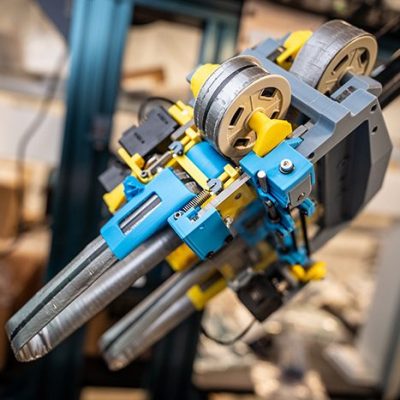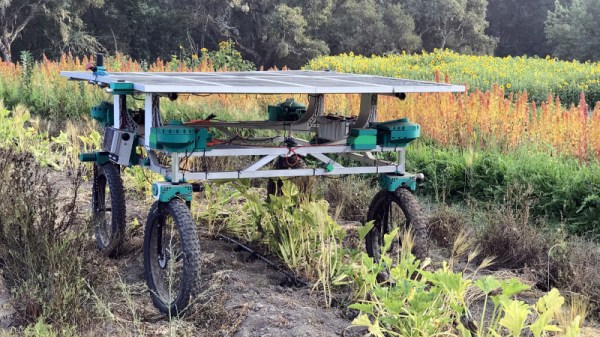We don’t know if picking blackberries at scale is something people enjoy doing. But if you do, we have bad news. The University of Arkansas wants to put you out of a job in favor of your new robot overlord. It turns out that blackberries in Arkansas alone are a $24 million business. The delicate berries are typically hand-picked.
The robot hand that can do the same job has three soft fingers and tendons made from guitar strings. Each finger has a force sensor at the tip so it can squeeze the berries just right. How much force does it take to grab a blackberry? To find out, researchers placed sensors on the fingers of experienced pickers and used the data to guide their design. Researchers claim they were inspired by the motion of a tulip opening and closing each day.
Your berry picking job is safe for now, though. They don’t have the vision system to actually find the berries. Not yet, anyway. Of course in the meantime, the gripper could be used for anything that needs a delicate touch.
Oddly, everyone seems to want to develop robots to pick agricultural items. We are usually more interested in a different kind of picking.














